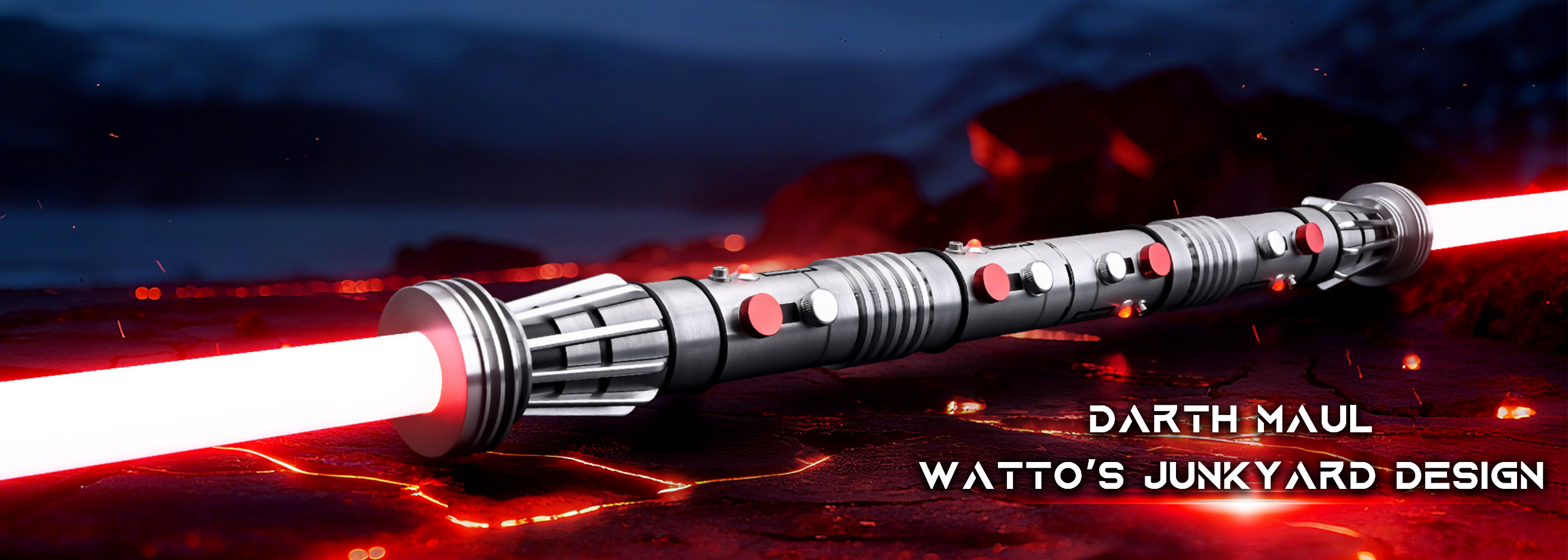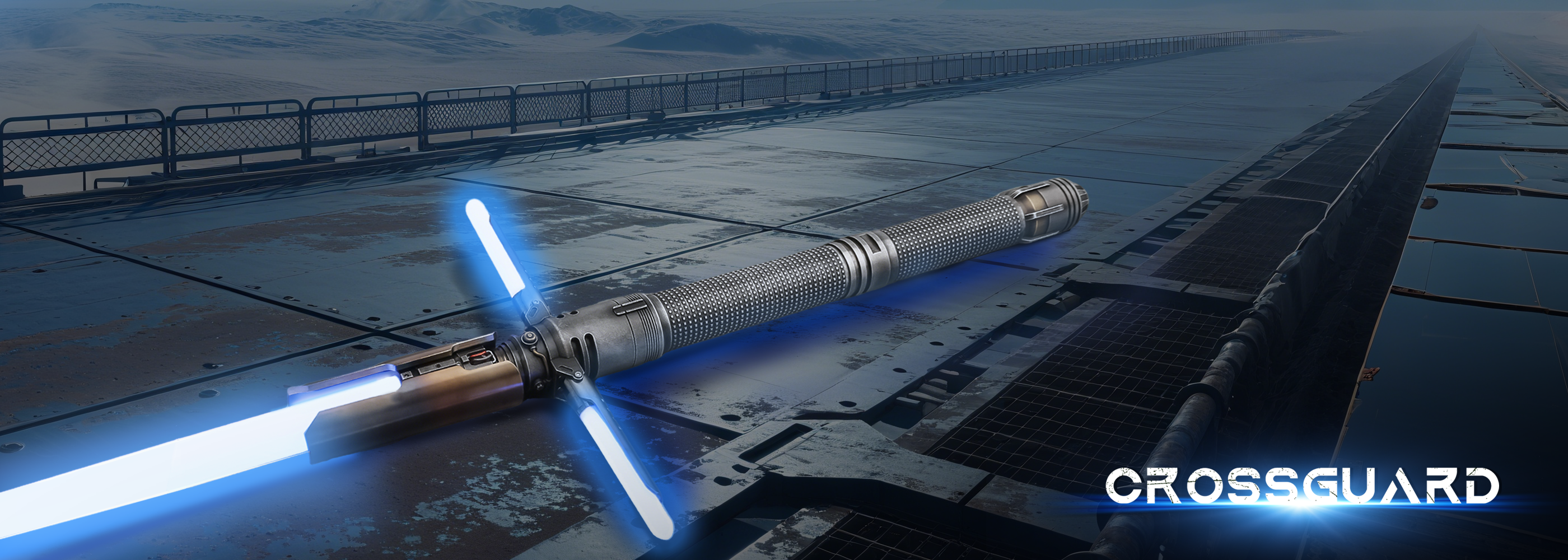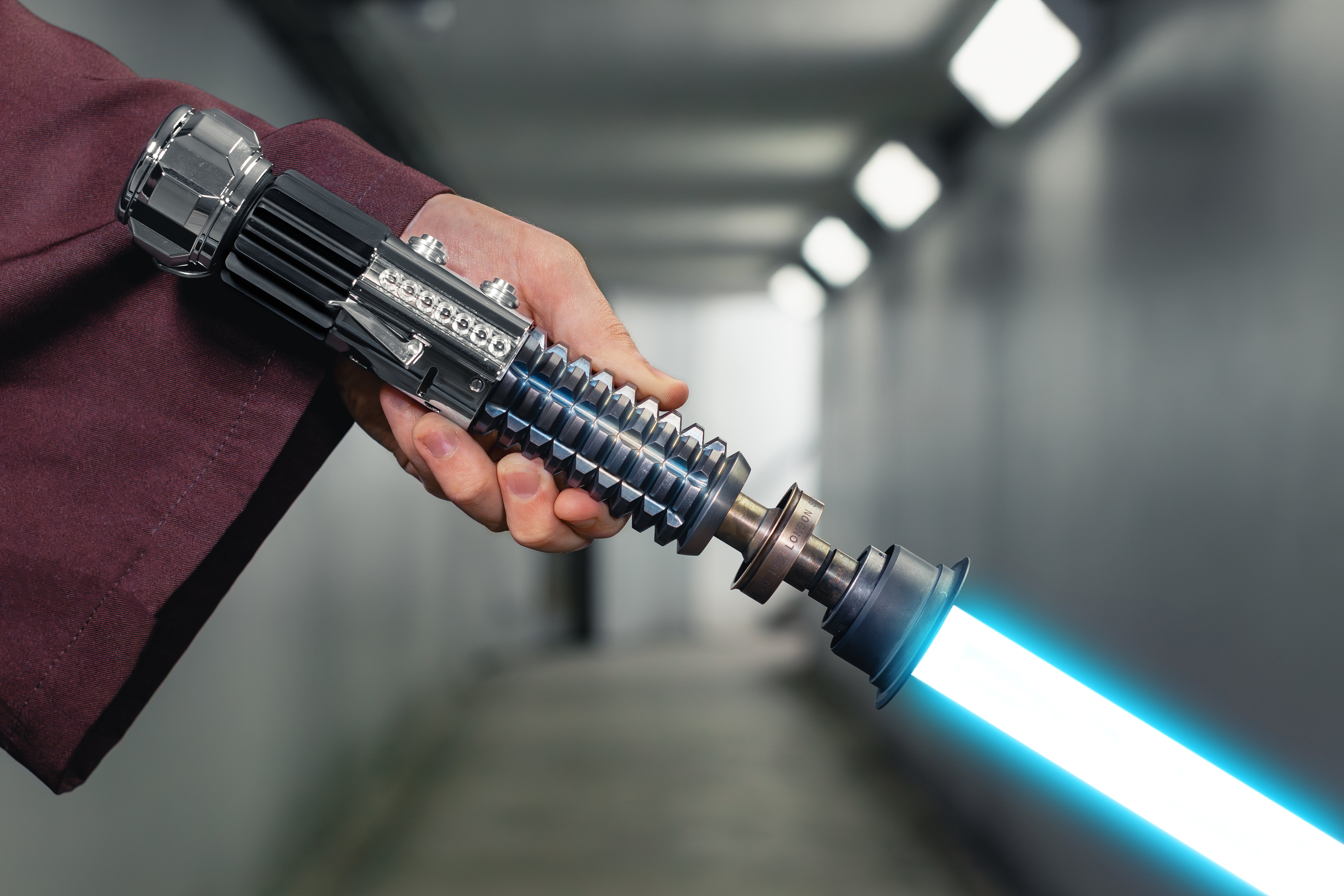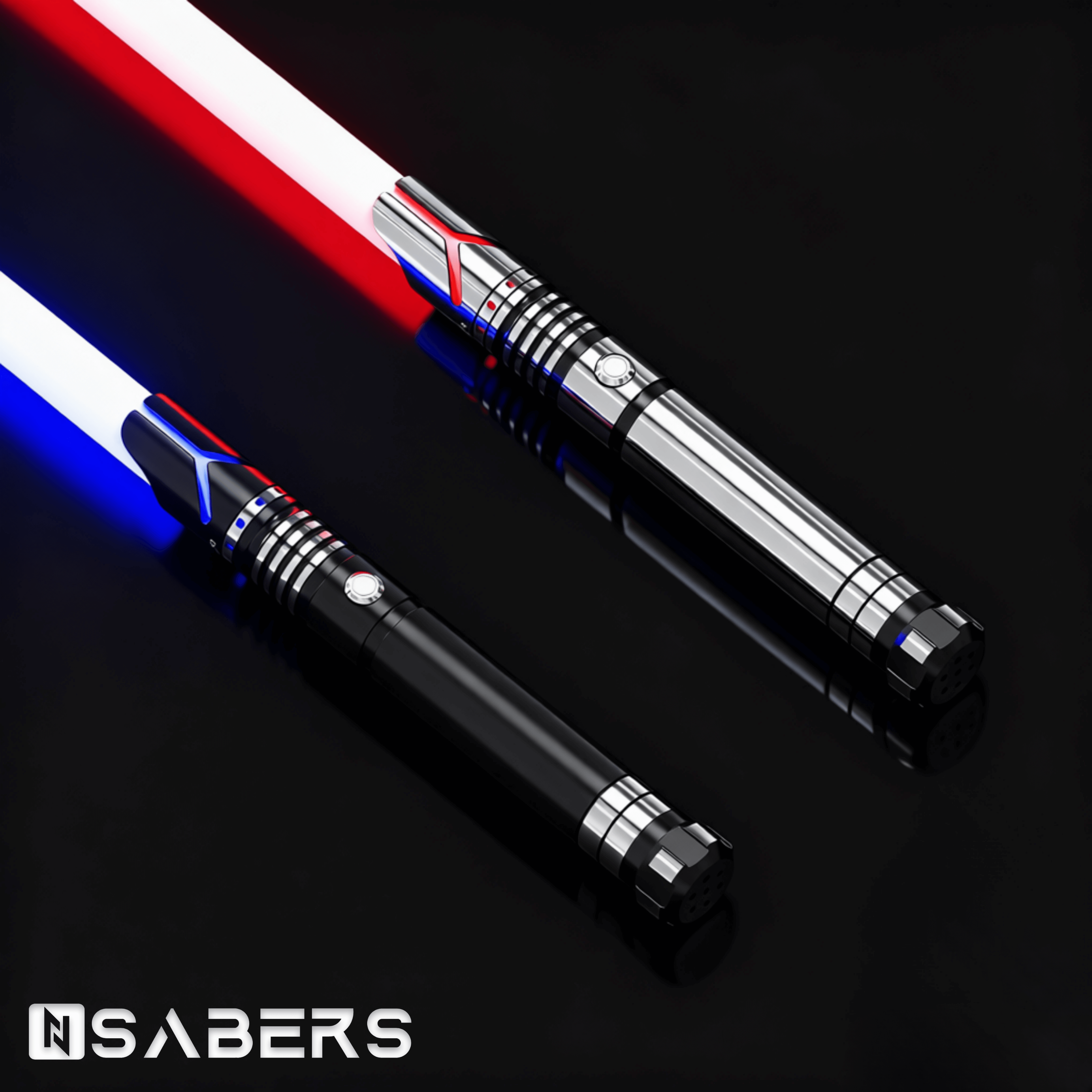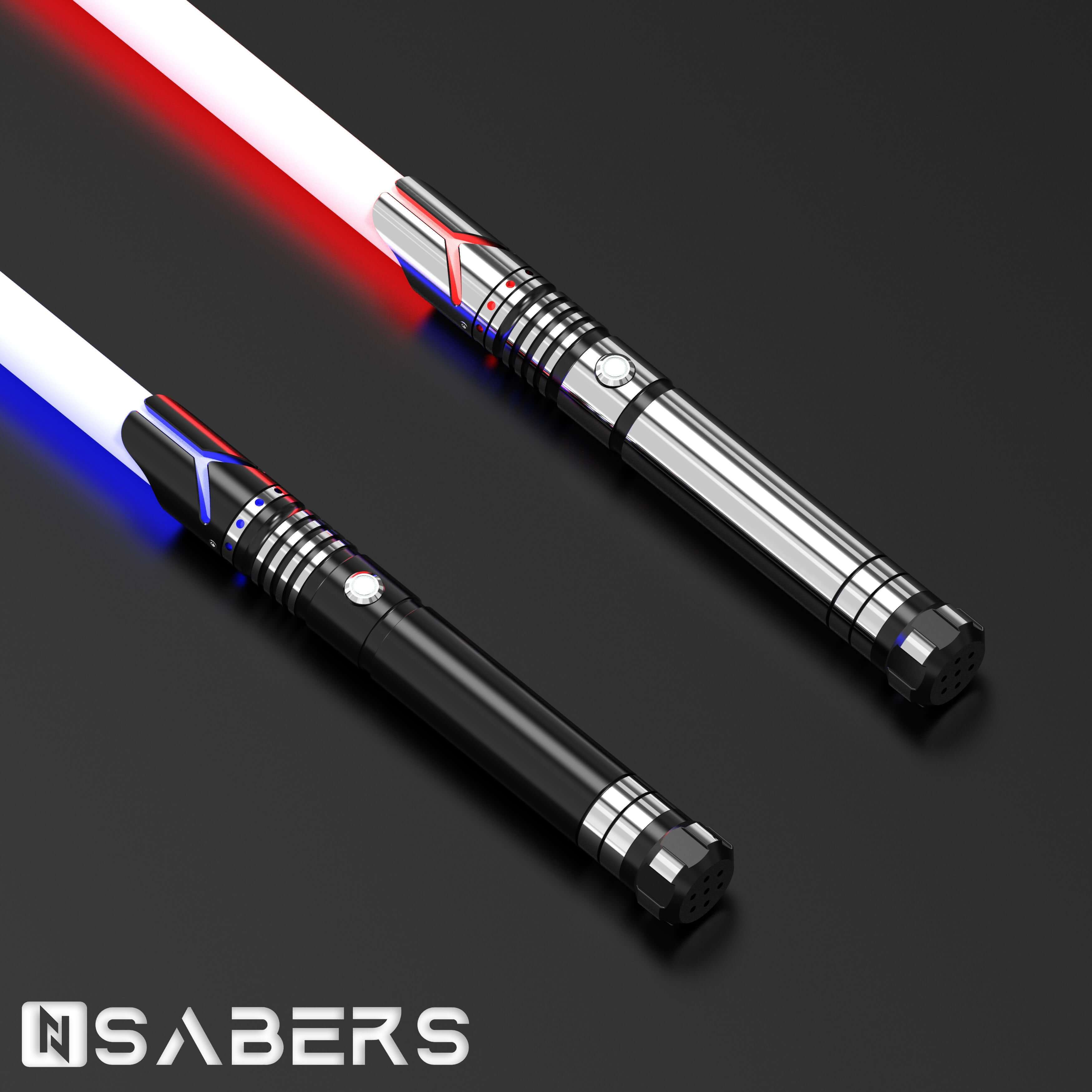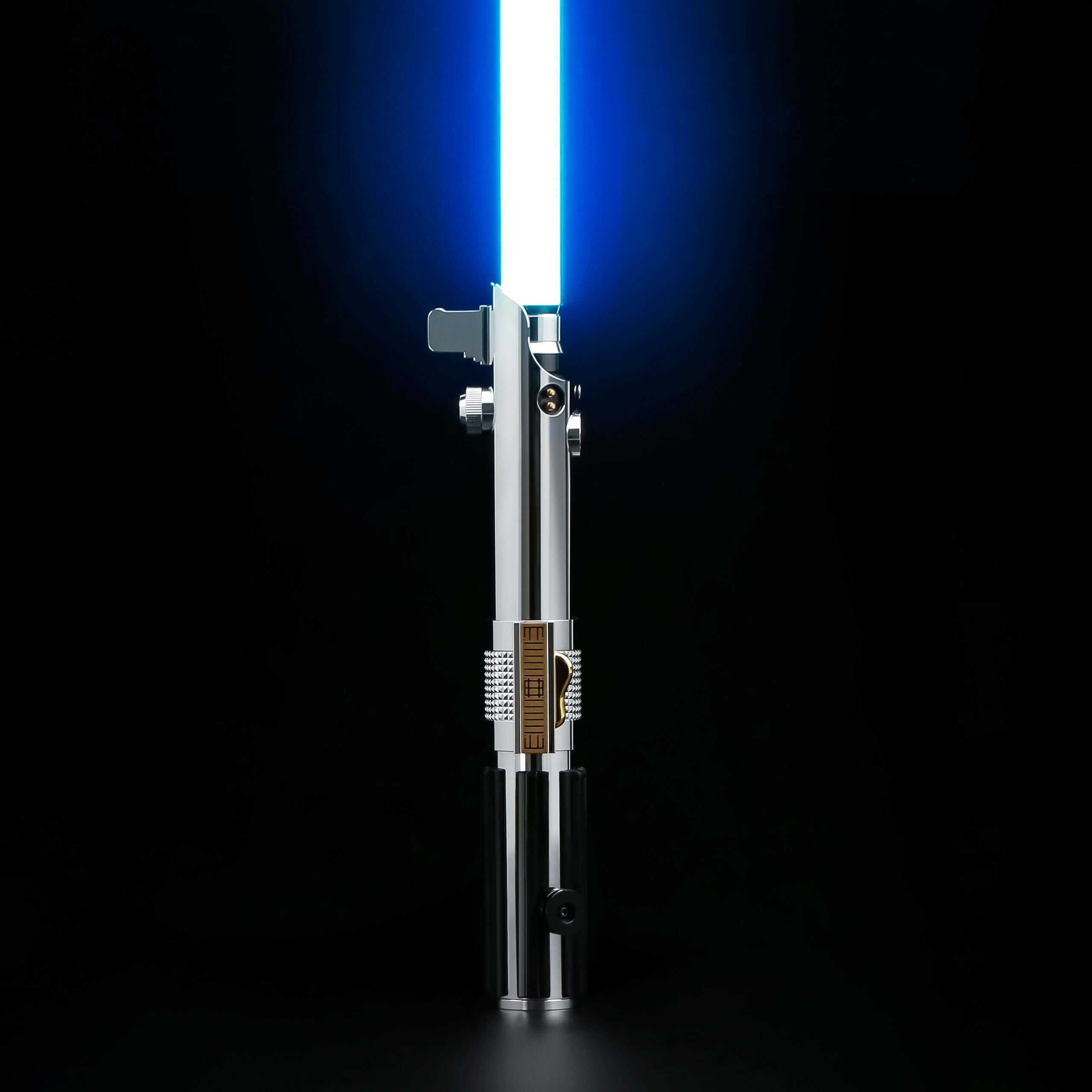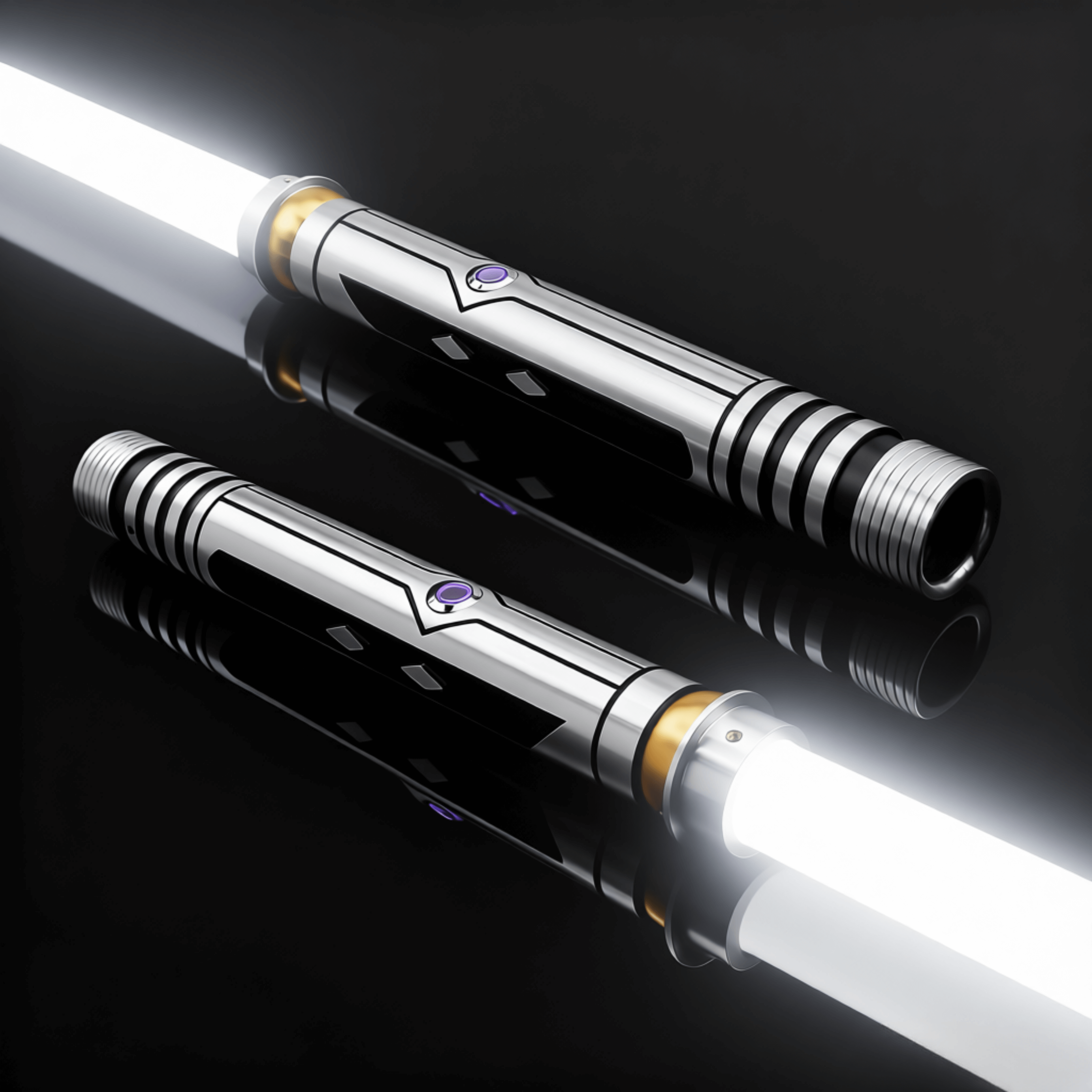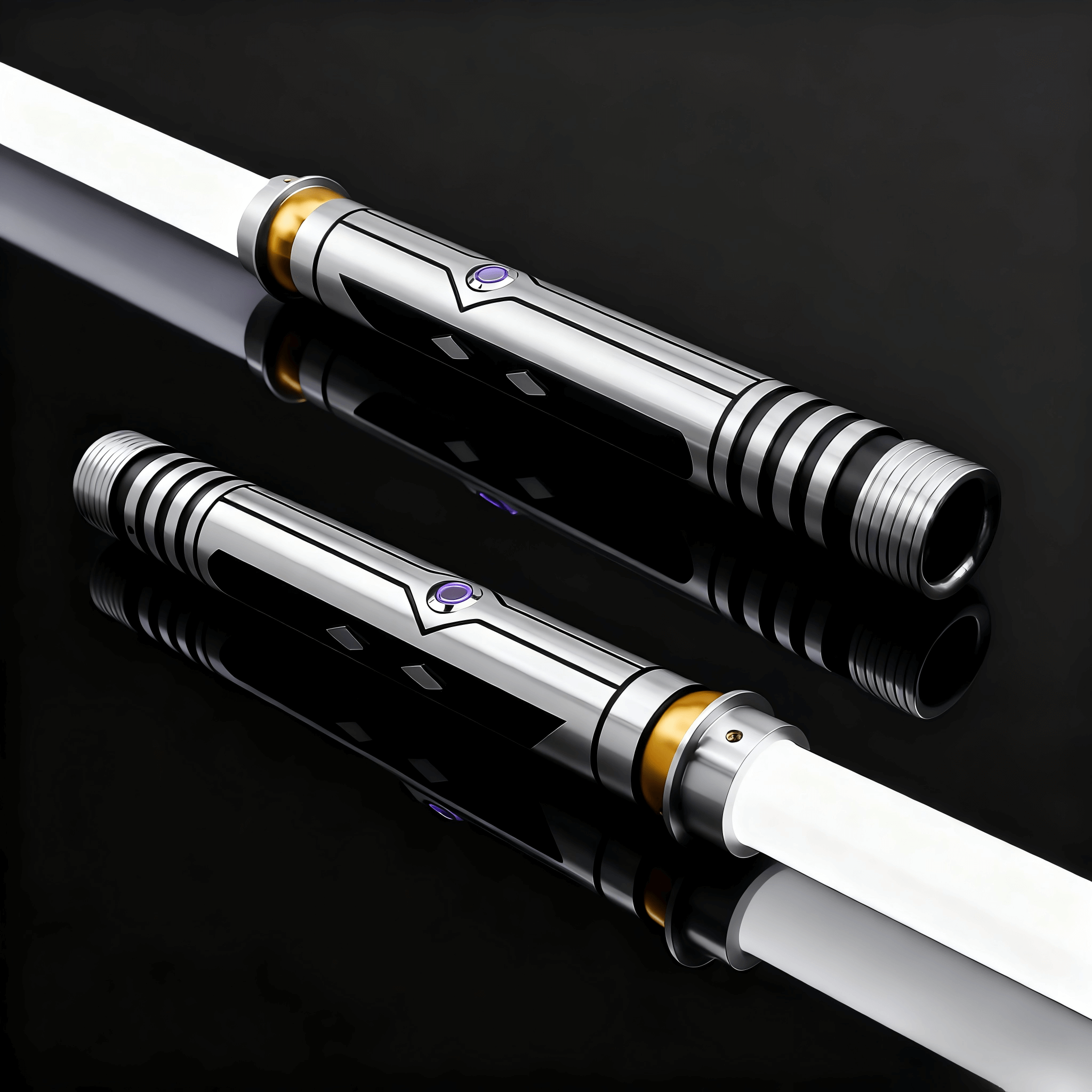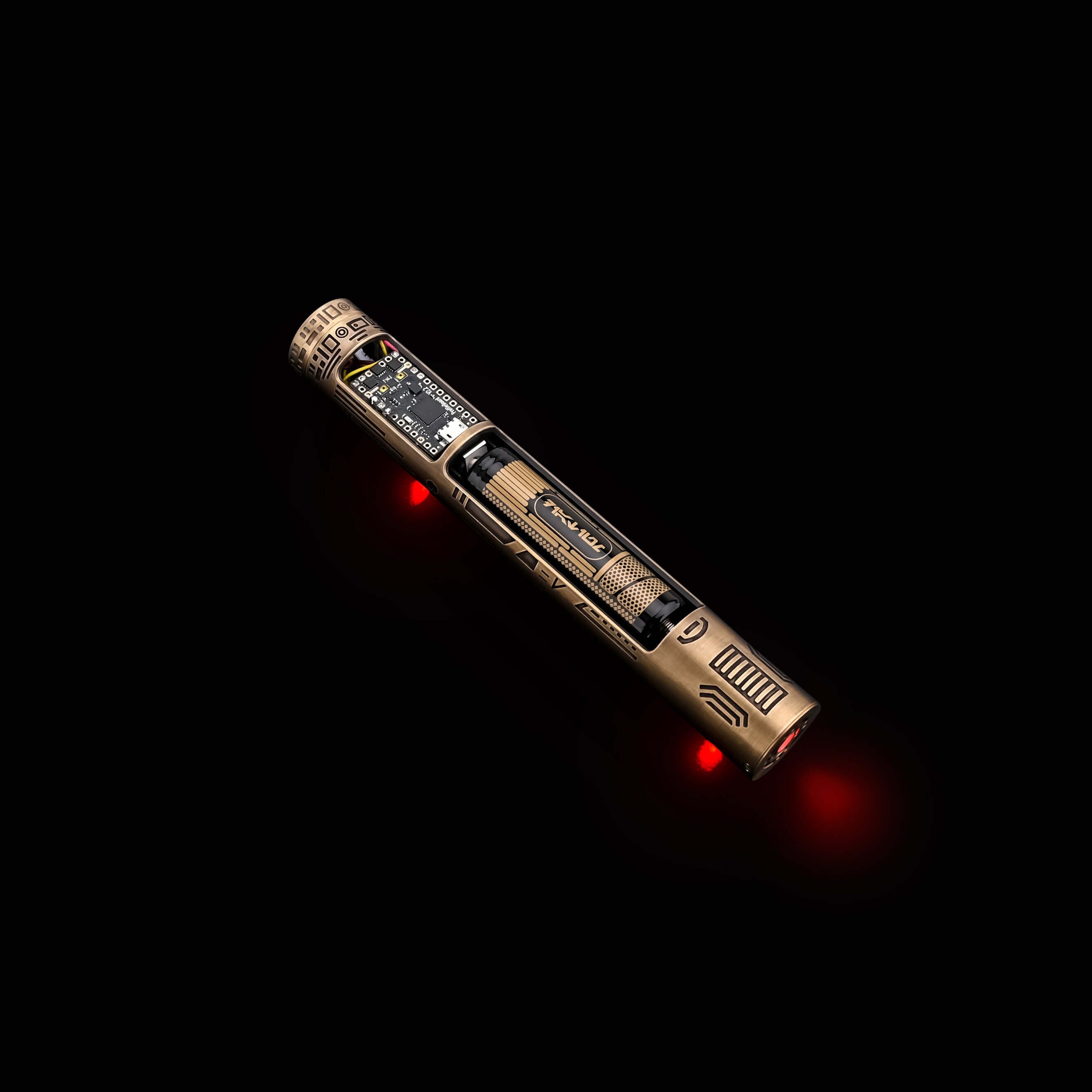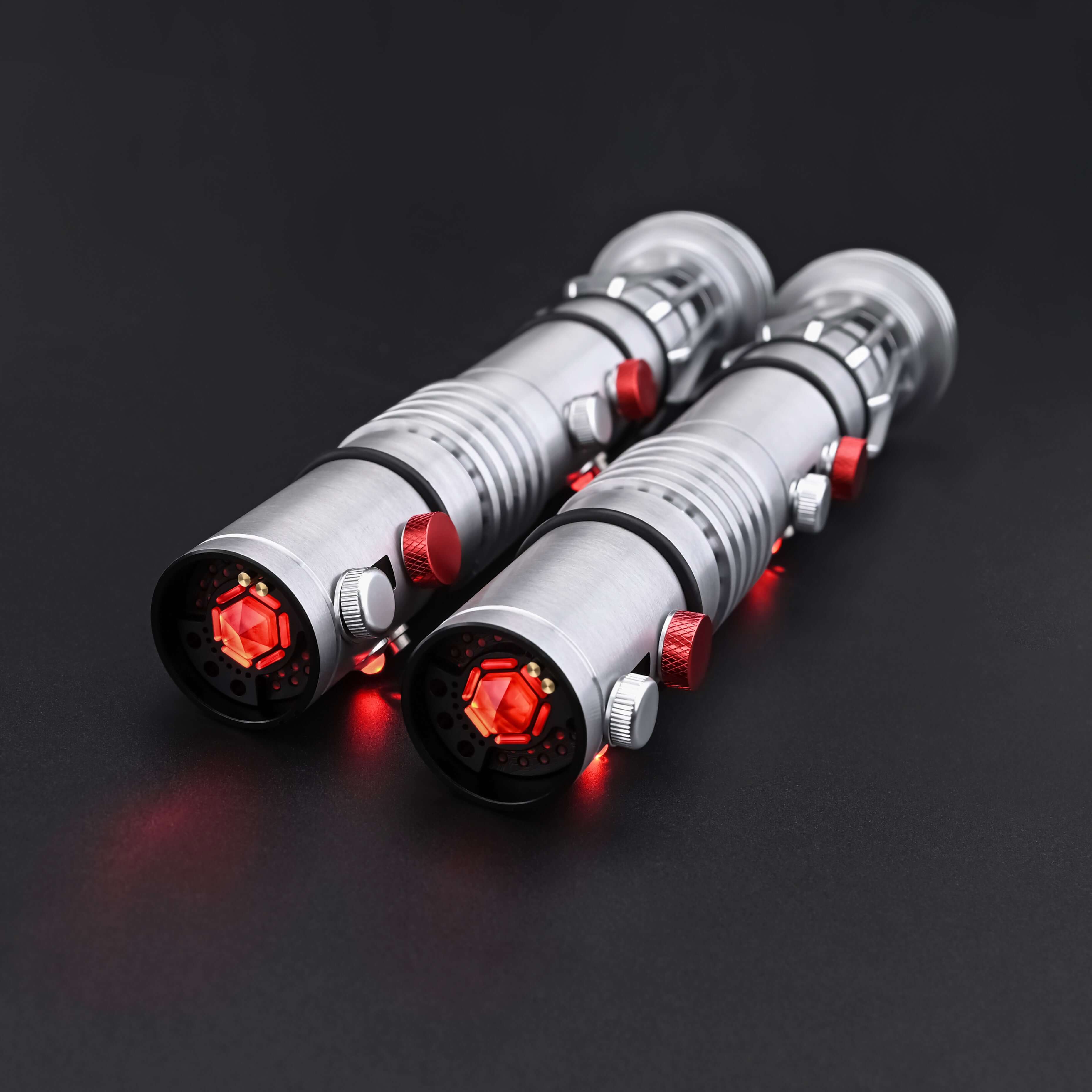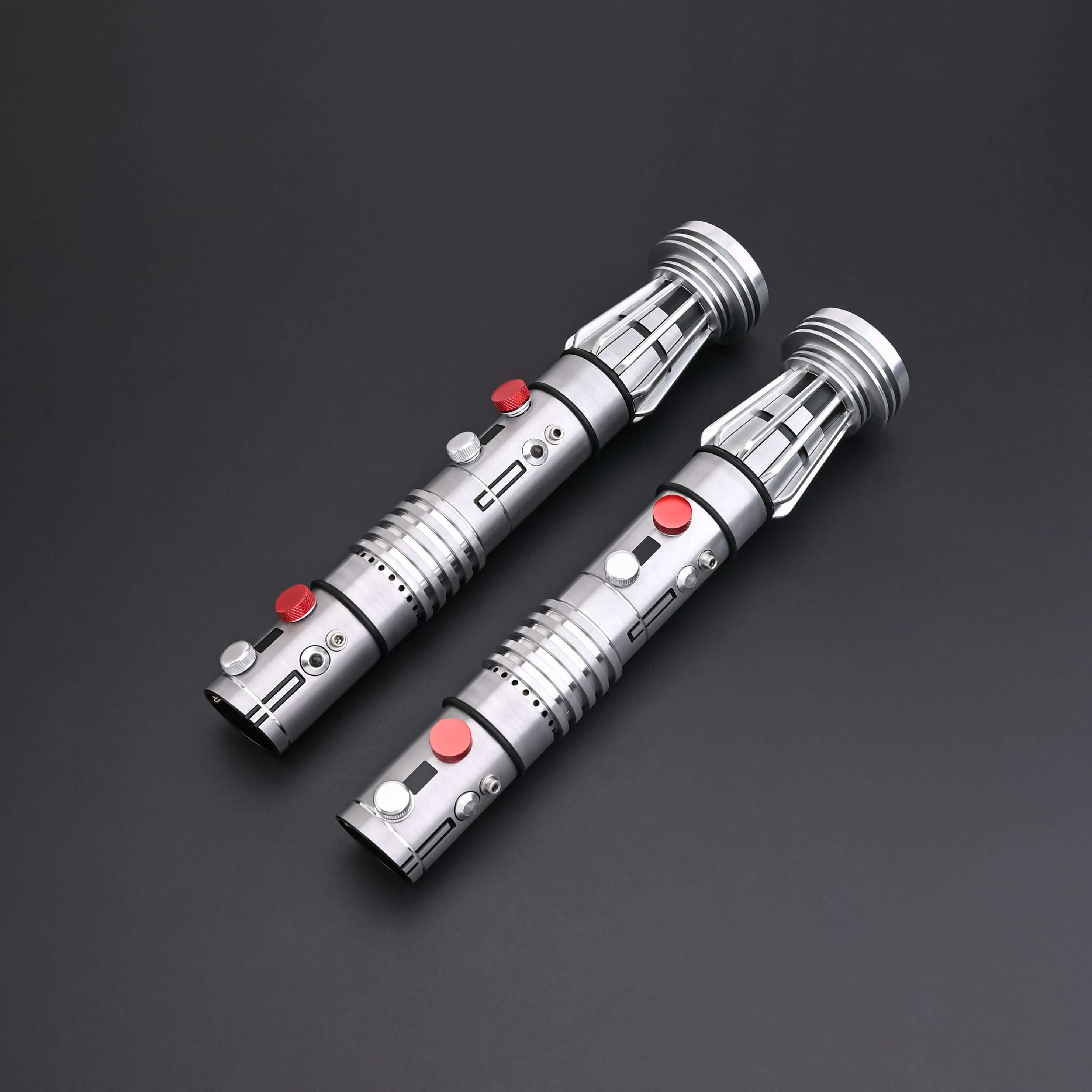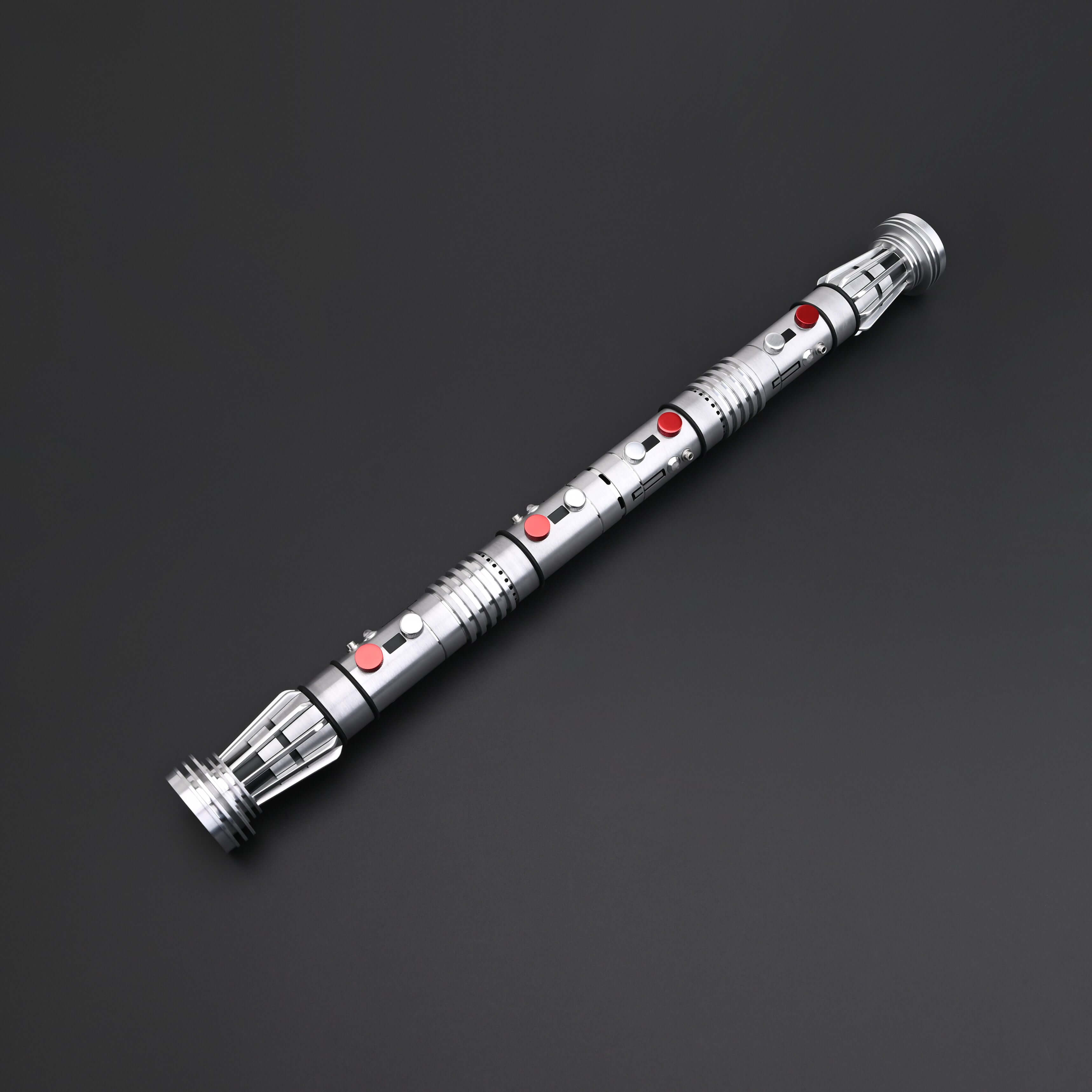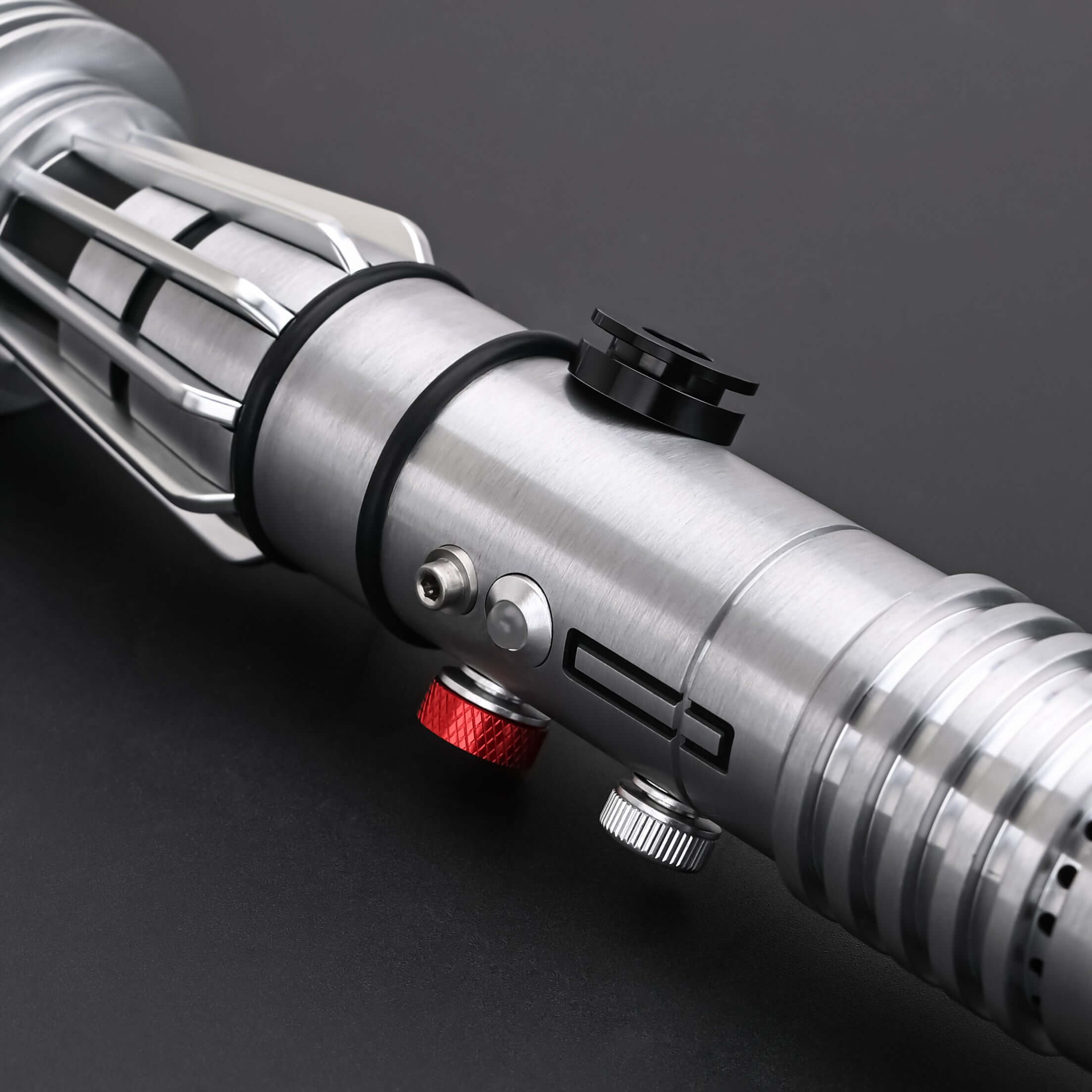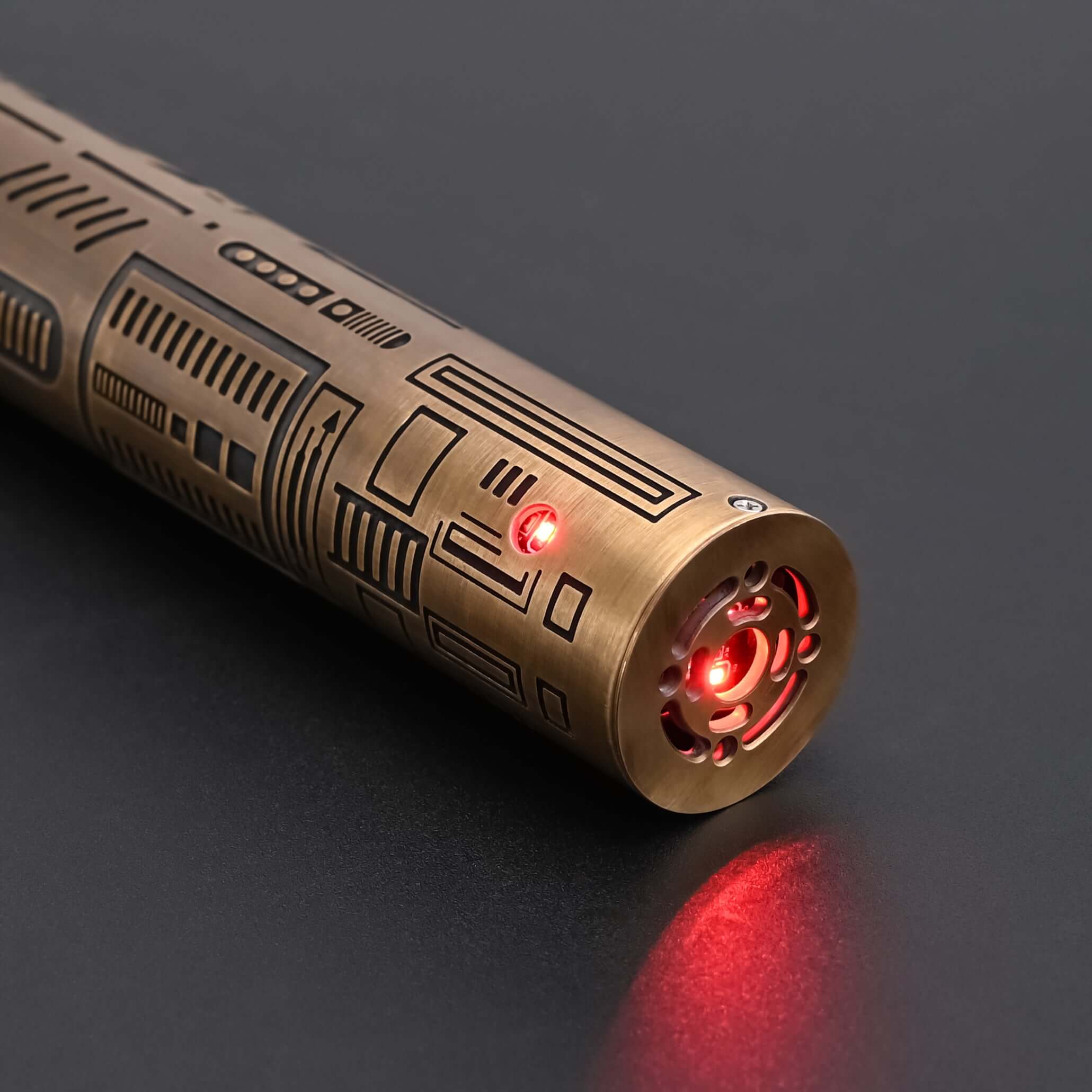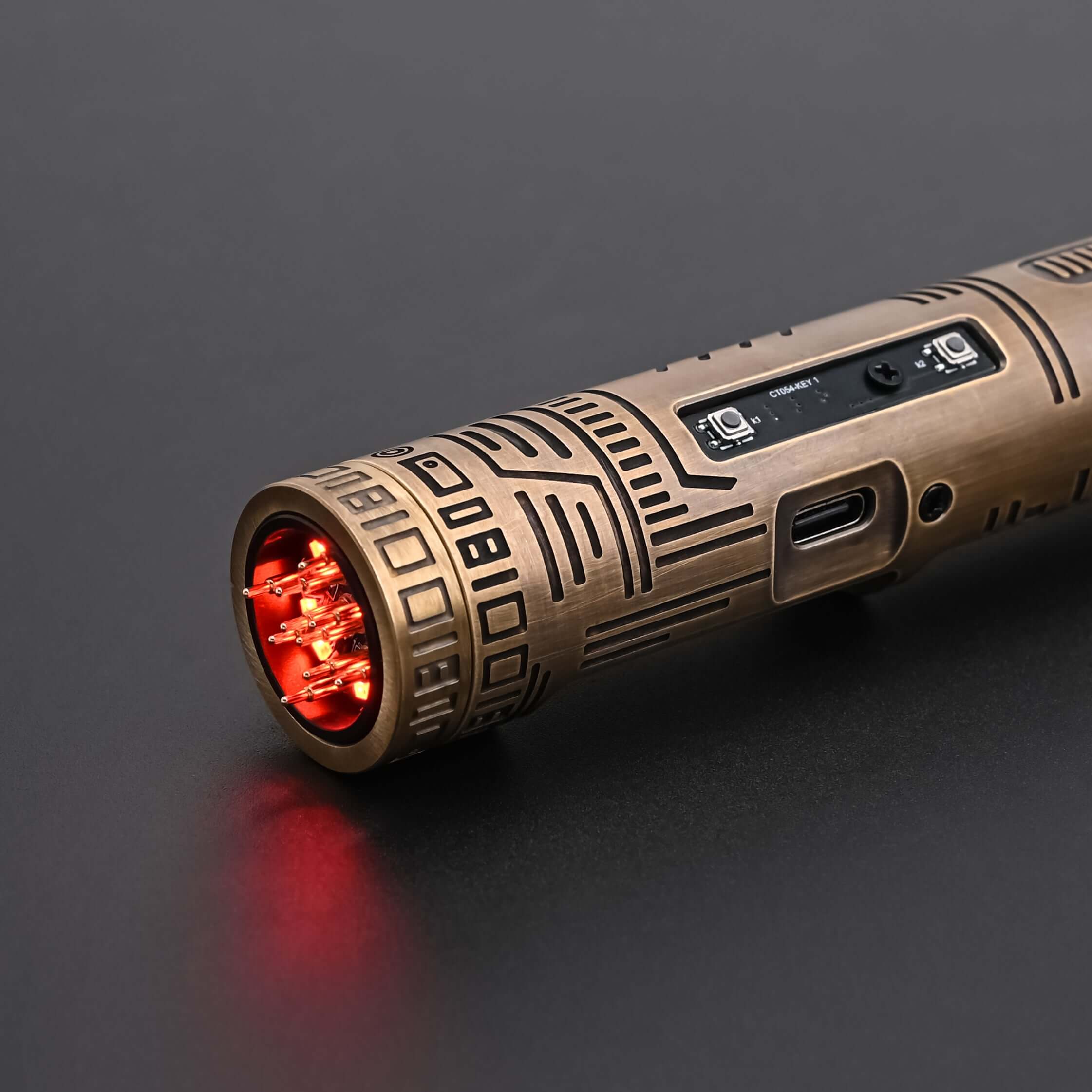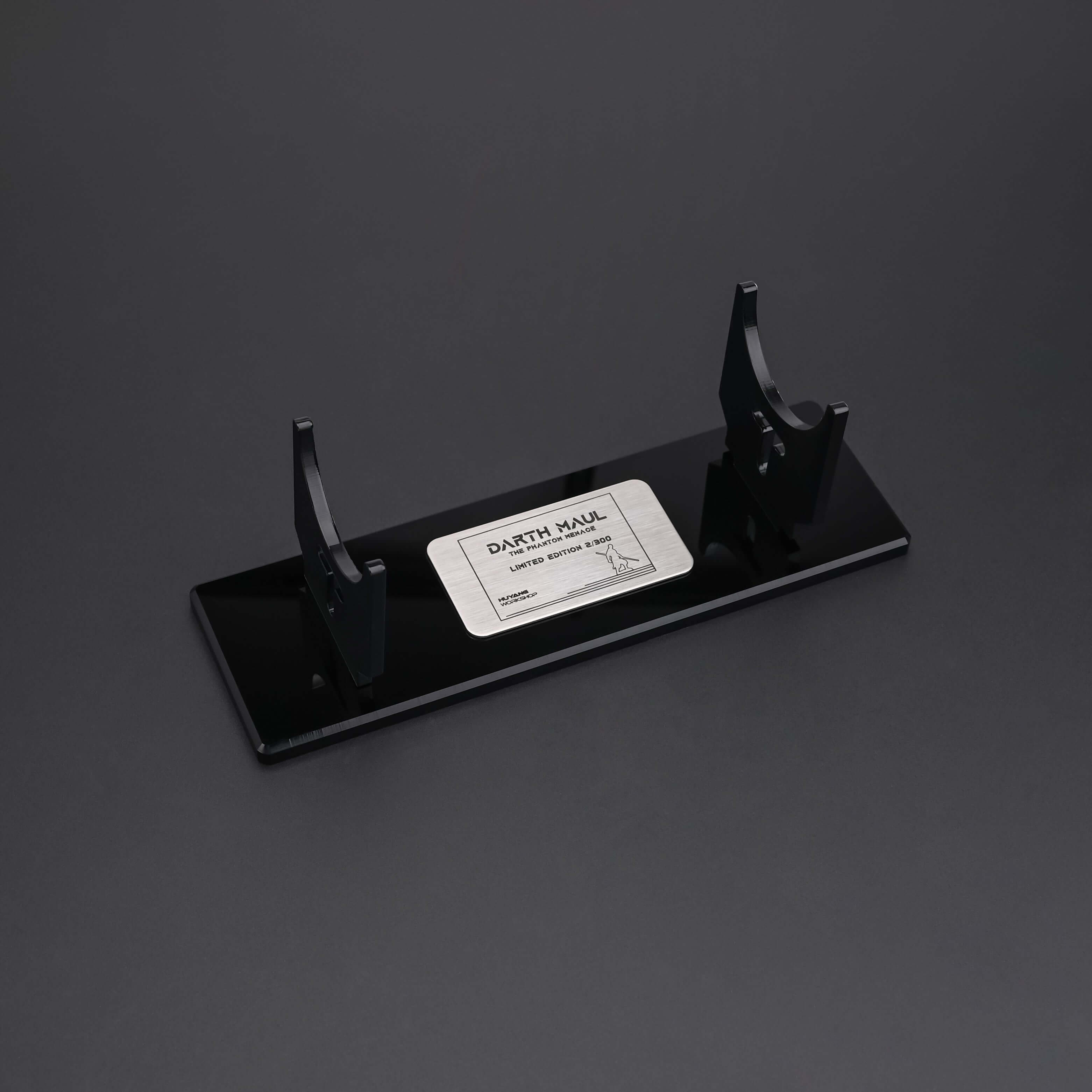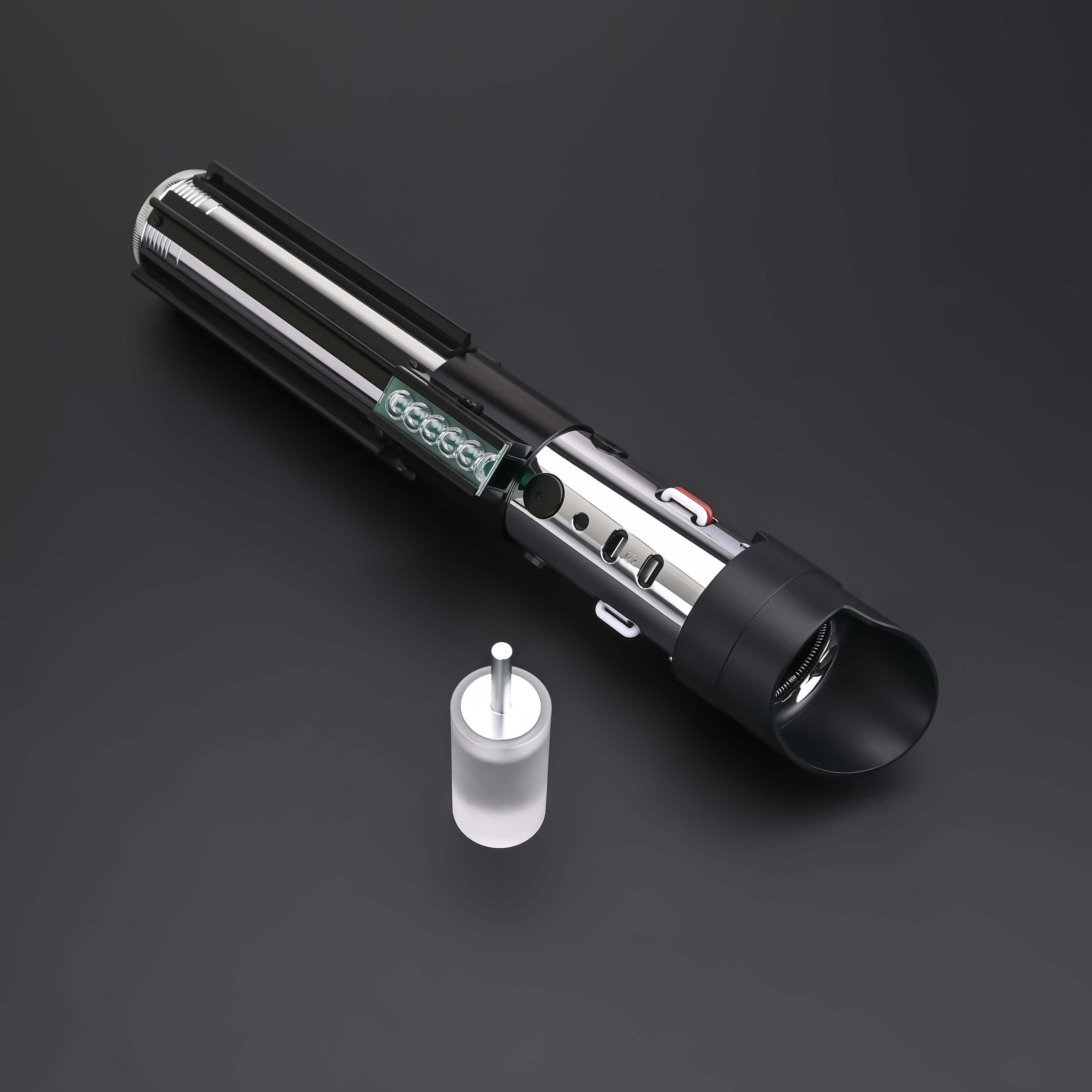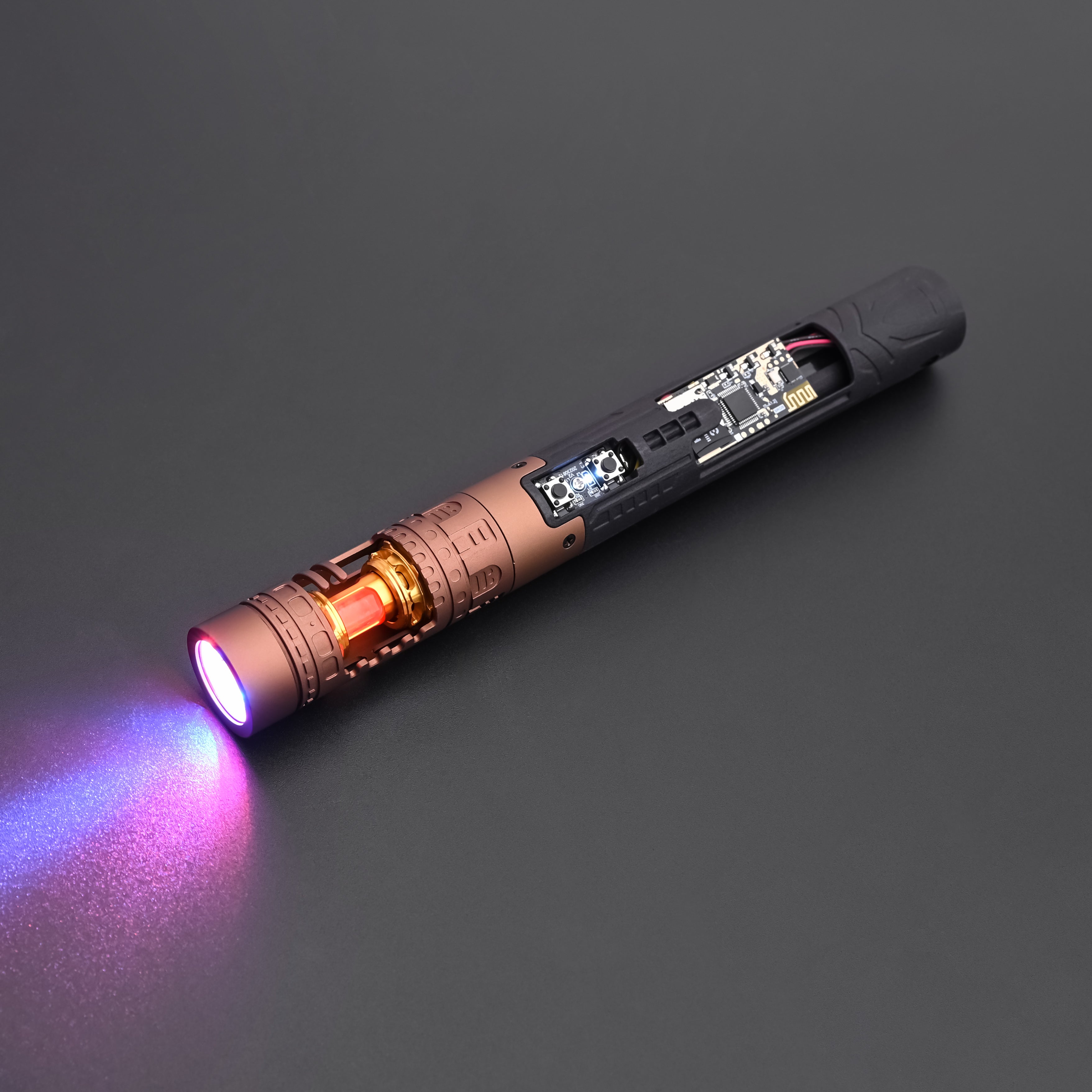What's Trending?
NEW IN
REAL SABERS. REAL FANS. REAL MOMENTS.
Real customers. Real events.




















Check out more Premium lightsaber
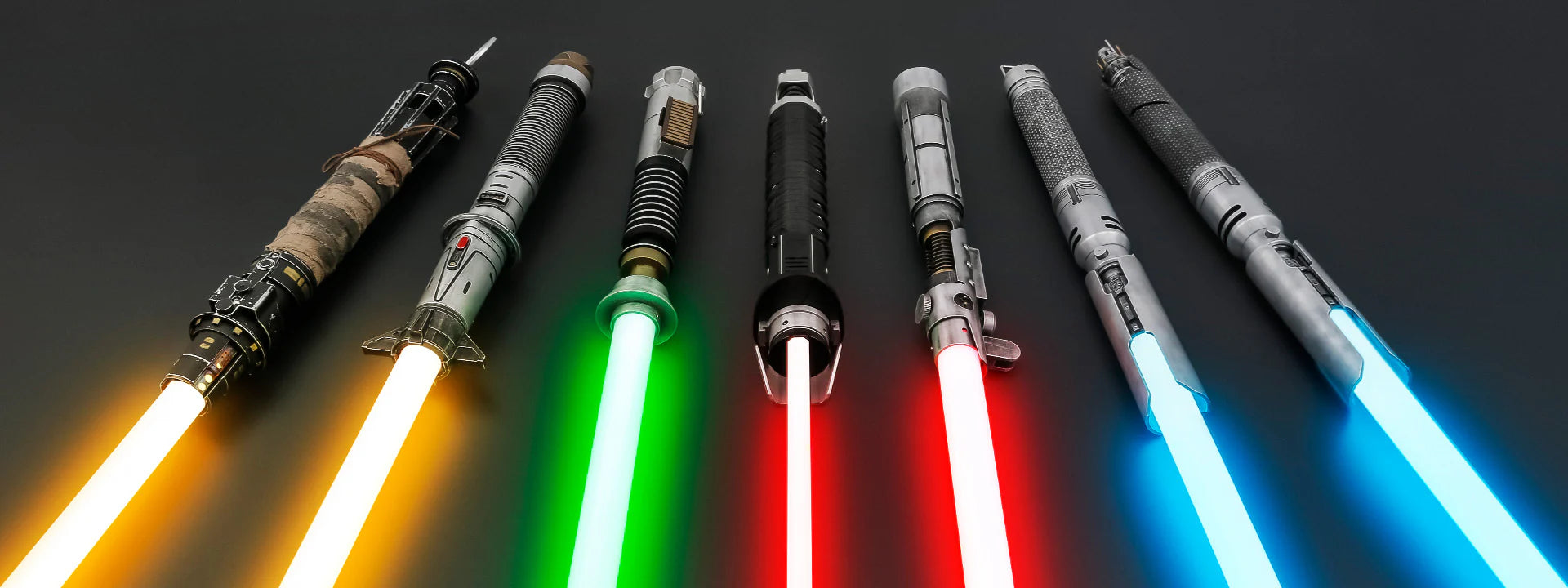
Aluminum Hilt
Crafted from solid aluminum alloy, this hilt is durably designed to withstand the harsh consequences of lightsaber combat.
Neopixel Technology
Our lightsabers can be used to create dynamic LED and cinema effects in real time.
Weathered Hand‑Crafted, Battle‑Scarred
our hand‑crafted weathered lightsabers capture every scorch mark, scrape, and patina of a blade that’s seen countless campaigns across the galaxy.
Nsabers really has created what we all always wished for.

Let customers speak for us
Check out which Jedi join Nsabers community

Blog posts

Obi-Wan Kenobi's Teal Lightsaber: Diplomacy and Jedi Mastery
Have you ever wondered what the Obi-Wan Kenobi lightsaber would represent if his legendary blade had taken on a teal glow? For generations, Obi-Wan has embodied patience, wisdom, and a balance of p...

High Republic Lightsabers vs Old Republic: What’s the Difference?
Have you ever wondered how High Republic lightsabers compare to those of the Old Republic era? The Star Wars galaxy spans thousands of years of lore, and lightsabers have evolved alongside the Jedi...

What We Know About Jecki Lon & Yord Fandar’s Next Adventure
What’s next for Jecki Lon and Yord Fandar after their shocking fates in The Acolyte? And how does the upcoming Star Wars YA novel 2025 expand their legacy with a story some are calling a Star Wars ...
Who is Nsabers?
Nsabers is a specialist lightsaber brand committed to high-quality engineering at an accessible price. We’re known for Neopixel lightsabers that deliver a seamless, super-bright core and rich sound thanks to in-blade LEDs and advanced soundboards (SNV4 Pro, Proffie) with gesture controls, ignition effect, and custom sound fonts. Our hilts are crafted from frosted aluminum alloy for balanced handling and grip; blades are impact-ready polycarbonate with quick-release retention for easy swaps. From original, performance-first designs to faithful, canon-inspired replicas, every Nsabers build is tuned for collectors, cosplayers, and duelists who want cinema-grade visuals with everyday reliability.
Discover The Most Premium Realistic Star Wars Lightsabers at Nsabers
Bring canon-inspired performance to real life with Nsabers. If you’re searching for a Star Wars lightsaber that feels cinematic and fights clean, you’re in the right place. Our lineup spans Neopixel lightsabers, dueling lightsabers, custom hilts, and screen-inspired replicas—built for collectors, cosplayers, and duelists.
Neopixel vs. RGB(Baselit): what’s the difference?
- Neopixel packs LEDs inside the blade for a seamless core, animated ignitions, smooth swing, flash-on-clash, tip drag, blaster block, and rich sound fonts—perfect for display, cosplay, and choreo.
- RGB/Baselit routes light from the hilt for simpler electronics and extra ruggedness—ideal for regular sparring and training sessions.
Soundboards & control
Choose SNV4 Pro or Proffie for gesture controls, responsive effects, profile switching, and easy customization of colors, fonts, and blade styles. Pair with quick-swap blades and reinforced hilts for a con-ready setup you can tune on the fly.
Hilt formats & styles
From single-blade classics to double-bladed staffs, crossguard builds, and compact shoto sidearms, Nsabers covers the major saber types—each with balanced weight, secure retention, and precise machining for a confident grip.
From first ignition to final flourish, Nsabers helps you select a Star Wars lightsaber that matches your style—showpiece looks, duel-ready builds, or both.
How to choose your first (or next) lightsaber
- Purpose: cosplay/display → Neopixel; regular sparring → Dueling/Baselit.
- Handling: pick a hilt diameter and length that fits your hand; consider weight for spins.
- Blade: standard or heavy-grade polycarbonate; length based on height and style.
- Upgrades: board (SNV4 Pro/Proffie), speaker, kill-key/charging setup, couplers for double-bladed builds.
Master Series & SE Series
Our Master Series focuses on screen detail and premium finishes; the SE Series delivers affordable replica lightsabers with the core features fans want. Watching your budget or building a squad? Don’t miss our Buy 1 Get 2 Free events to expand your arsenal fast.
Are Neopixel lightsabers good for dueling?
Great for cosplay and choreo; for frequent heavy sparring, pick a RGB/baselit build.
Do Nsabers hilts support double-bladed/coupler builds?
Many models accept couplers; see each product page for compatibility and thread specs.



